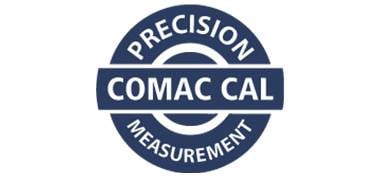Principles of Operation
Ultrasonic level sensors work by emitting an ultrasonic sound pulse several times per second from the base of the transducer. The pulse travels through air, reflects against the process medium below and returns to the transducer. The sensor measures the pulse time of flight between sound generation and receipt, and translates this into distance or liquid level height within the vessel.

Ultrasonic Level Sensor Advantages
Ultrasonic Level Sensor Limitations
Need Advice About Variable Area / Rotameters?
iCenta is a instrumentation and control solution specialist with experience in control technologies for diverse applications, fluid types and process conditions. Call iCenta now for advice, sales & technical information on 01722 439 880.












